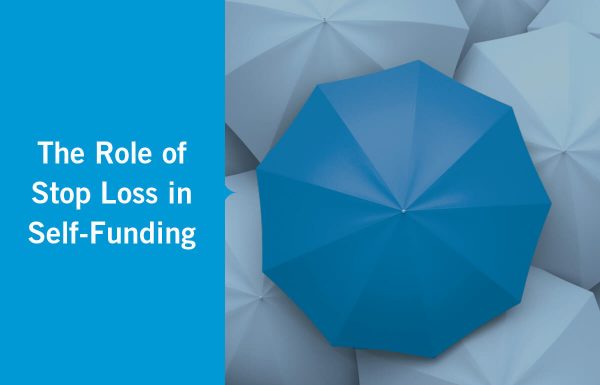Now that you know a bit more about the self-funding model, let’s dive deeper into the healthcare risks. Although these plans are called self-funded plans, very few employers would actually be willing to assume 100% of the risk. Instead, employers typically purchase stop loss insurance, which reimburses the employer for claims over a predetermined level.
What stop loss coverage is available?
Stop loss coverage can typically be purchased to cover catastrophic claims on an individual covered person, known as specific coverage, or to cover claims that significantly exceed the expected level for a group of covered persons, known as aggregate coverage.
What makes up a stop loss plan?
Stop loss insurance minimizes the employer’s risk and protects it from large, catastrophic, or unusual claims. Depending on your stop loss carrier, contract terms could include the following:
- Contract Periods: Stop loss contract terms define the time period for when a claim is incurred and when it is paid.
- Deductibles: This is the dollar amount to be paid by the employer on each individual (specific) or group (aggregate) before the stop loss policy will begin reimbursement.
- Lasers: Lasers are generally accepted within the industry as a way of setting a higher deductible for an individual or group of individuals with a known risk or expected ongoing claim activity.
- Attachment Point: This is the amount at which the stop loss policy would begin to pay.
What should I expect from a stop loss carrier?
Almost all stop loss carriers will request similar data to begin the quoting process. Stop loss contracts have a wide range of options and a variety of riders available. Find a stop loss carrier who is willing to explore different options to help your group’s specific needs.
Contact BCS to begin exploring your options today!
Looking for more? The third and final installment of this series can be found here.





